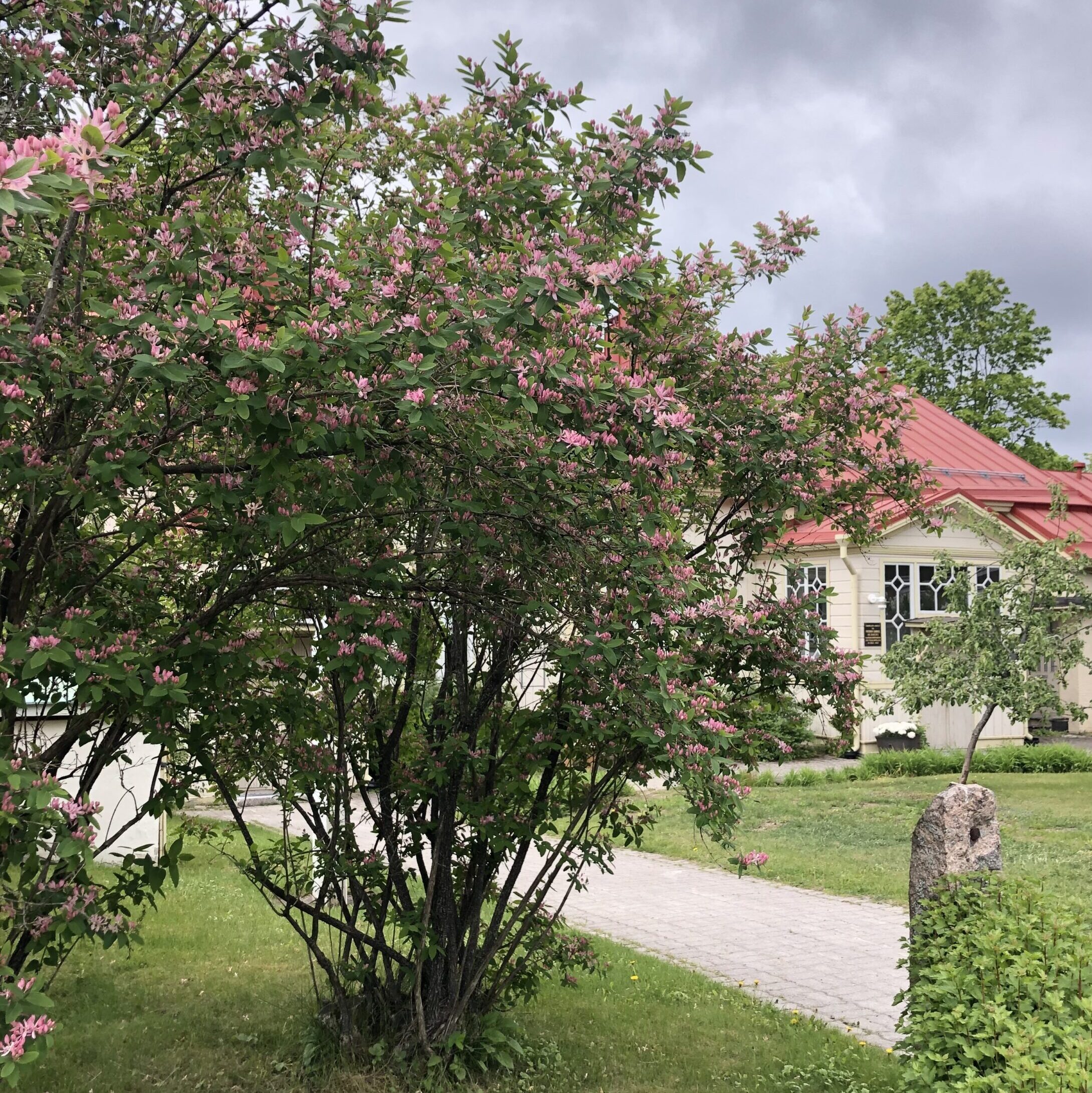
Studying post-covid religion in Finland
Recovira
04/07/2023Fieldwork | English | Finland
Linda Annunen, Project Researcher, Åbo Akademi University
Looking back, different countries responded differently to the outbreak of the Covid19-pandemic in the spring of 2020. While Sweden took the most liberal stance of all countries in Europe, other countries like Spain introduced more extensive restrictions and lockdowns. Finland fell somewhere in between. Although Finland never had national lockdowns as such, movements and contacts were restricted to some extent. The date28th of March 2020 marks an important date in Finnish Covid-history, as the capital city Uusimaa-region was put in an enforced isolation that lasted 265 days. During this time, movement to and from the region was heavily restricted. Such restrictions on free movement in Finland are extremely uncommon, and the date can thus be viewed as a symbolic starting point for an era of Covid-19 in Finland.
The isolation also affected religious communities, many of which have their headquarters in the capital region. Religious communities were, however, exempt from some of the restrictions on contacts and gatherings. Memories of social distancing frequently come up in our ethnographic fieldwork, as people reflect on the ways in which their religious lives have continued since the pandemic. We have so far mainly engaged with people in relation to one of our three case studies: the Evangelical Lutheran church of Finland (ELCF), which represents the largest and most established of the three communities that we focus on. Many of our interlocutors from the ELCF have expressed gratitude over the fact that social distancing no longer regulates how they practice religion. However, the ethnographic data also suggests that something more positive might have come out of the restrictions, namely new ways of conducting for example religious work life, the introduction and establishment of new rituals on social media, and in some cases new ways of thinking about religious life that are primarily formed and affected by digitalization. We have talked to people in many different roles, including people who work in ELCF administration, priests who work especially with social media, church youth workers, a cantor, and a group of senior church members called the “social media grannies”. Being able to study one community from many different angles has also provided us with a nuanced picture of the specific ways in which the pandemic affected particular groups across particular parishes.
We look to finalize our fieldwork within the ELCF in August and to continue with our case study 2: Jehovah’s Witnesses. This will no doubt provide us with just as many additional intriguing insights into the ritual lives of religious communities in post-pandemic Finland. The last of our ethnographic case studies focuses on a Buddhist community and will provides us with insights into how non-established minority groups were affected by Covid19. Together, our three cases will provide us with a good basis for comparison on both a national and pan-national level.
Image credit - Linda Annunen: A rectory / Pappila in Finland
